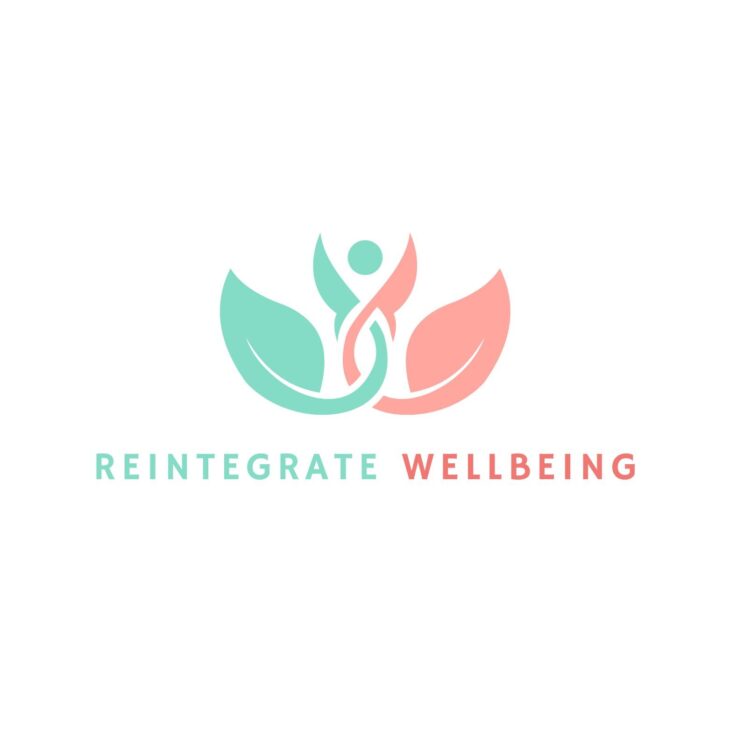In today’s fast-paced world, burnout has become an increasingly common phenomenon, affecting individuals across various sectors. Characterized by feelings of exhaustion, cynicism, and a sense of reduced professional efficacy, burnout not only hampers workplace productivity but also takes a toll on one’s mental and physical health. Drawing upon recent research, this article delves into the multifaceted nature of burnout, distinguishing it from everyday stress and highlighting its root causes ranging from work overload to a lack of control and insufficient rewards.
Recognizing the signs of burnout is the first step towards recovery. These signs include, but are not limited to, chronic fatigue, insomnia, irritability, and a pervasive sense of failure. Understanding these symptoms allows individuals to seek timely intervention, which could range from professional therapy to lifestyle changes.
Central to the discussion on recovery is the concept of self-care, which encompasses a wide range of practices tailored to individual needs and preferences. This might include setting boundaries between work and personal life, engaging in physical activities, pursuing hobbies, and practicing mindfulness. We emphasizes the importance of building a supportive network of friends, family, and colleagues to navigate through challenging times.
Professional help, in the form of counseling or therapy, plays a crucial role in addressing burnout. Mental health professionals can offer personalized strategies to manage stress, improve emotional resilience, and foster a healthier work-life balance. We want to conclude with a call to action for individuals to prioritize their well-being and seek support when needed, reinforcing the message that recovery from burnout is a journey that does not have to be undertaken alone.



















